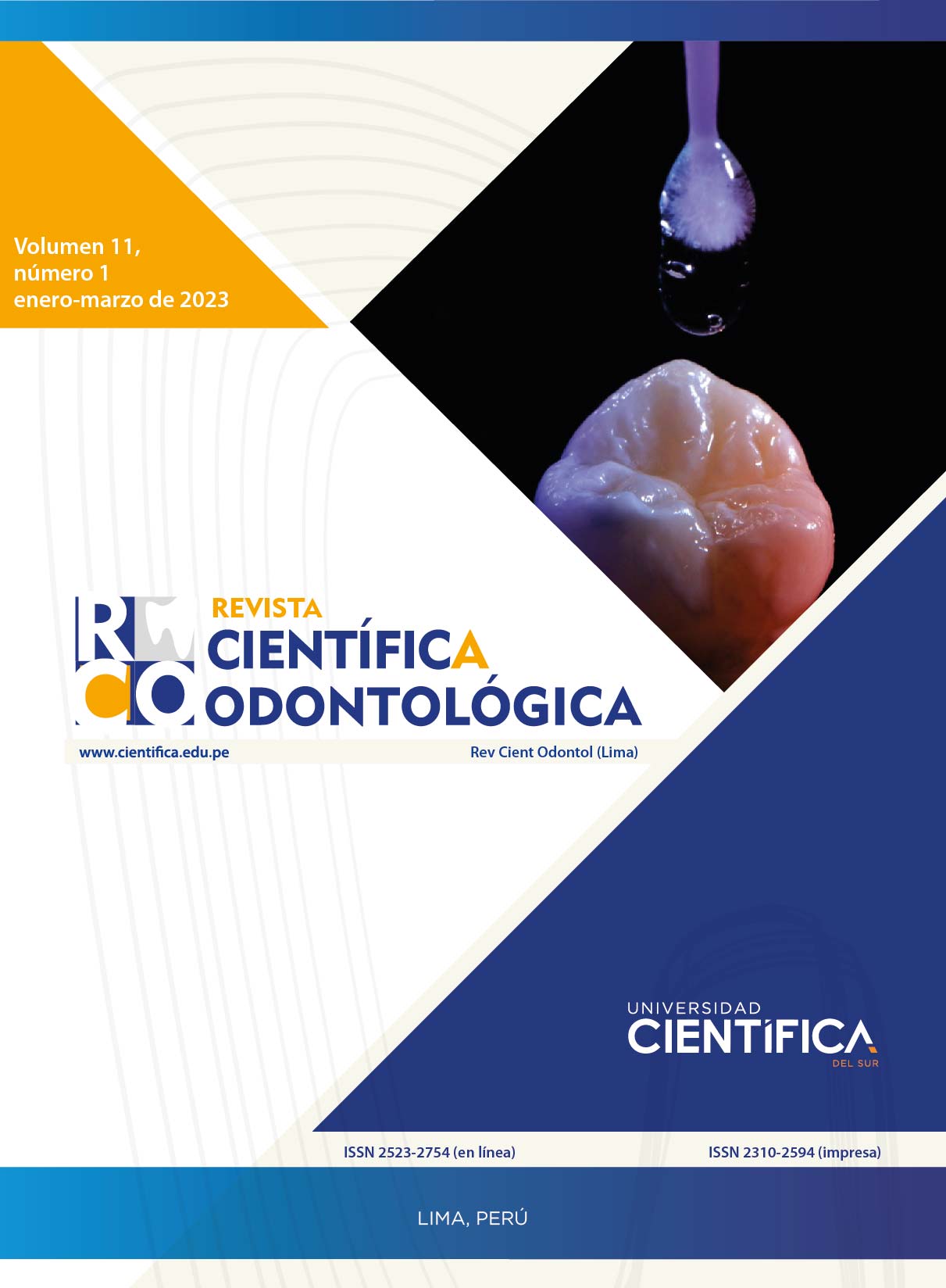Narrative review of imaging studies of calcifications of the submandibular gland
DOI:
https://doi.org/10.21142/2523-2754-1101-2023-143Keywords:
sialolithiasis, submandibular gland, sialolithAbstract
Sialolithiasis is one of the most common pathologies of the major salivary glands and occurs more frequently in the submandibular glands. Between 80 and 95% of sialoliths develop in the submandibular glands, between 5 and 20% in the parotid gland, and only 1% in the sublingual gland. Sialoliths form within the parenchyma and associated duct systems. In Wharton's duct (80- 90%) and only 15% in the gland. Sialolithiasis is the cause of pain and inflammation of the salivary gland by obstructing the duct and preventing salivary secretion, before, during and after food. The objective of this article was to review the different diagnostic imaging methods used for the study of calcifications of the submandibular gland, based on different studies reported in contemporary scientific literature, in order to establish the correct diagnosis. A search of the literature was carried out in the main information sources including Medline (via PubMed), ELSEVIER, SCIELO, and LILACS, using the search terms with a date limitation of the last 5 years on average. The selected articles included information regarding the calcifications of the salivary glands. Imaging studies of salivary gland calcifications can be obtained with conventional radiographs, Sialography, Ultrasonography (US), Computed Tomography (CT) and Magnetic Resonance Imaging (MR).
Downloads
Downloads
Published
Issue
Section
License

Este obra está bajo una licencia de Creative Commons Reconocimiento 4.0 Internacional.












